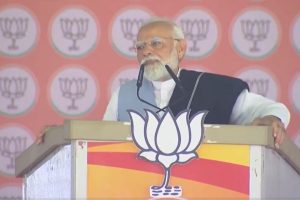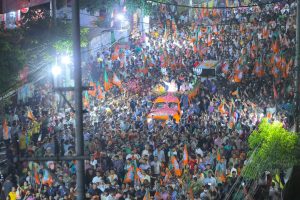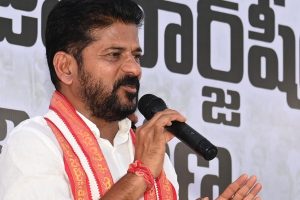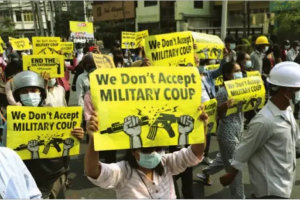Interpreting North Korean leader Kim Jong Un’s recent military posture, which includes replacing his top general, calling for increased arms production and emphasising military readiness, requires considering various internal and external factors, historical context and the broader geopolitical landscape. It is important to note that North Korea’s motives and strategies are multifaceted and can be influenced by a range of factors, including domestic politics, international perceptions and regional dynamics. While this military posture could be a negotiating tactic, it may also serve other purposes such as bolstering domestic support, responding to perceived threats, or projecting an image of strength to both domestic and international audiences. By showcasing military preparedness, North Korea may be attempting to deter the United States and South Korea from engaging in actions they perceive as aggressive or threatening.
These actions might also be intended to assert North Korea’s regional influence and display its capability to potentially engage in military actions if needed. North Korea has always perceived past joint military exercises between the USA and South Korea as a potential threat. It is not surprising that Mr Kim’s military posture comes ahead of another such exercise from August 21. Mr Kim’s military posture could be aimed at securing concessions during negotiations with the United States and South Korea. North Korea has a history of using military actions and displays of strength as leverage in negotiations. By showing a heightened state of military readiness, North Korea may hope to create a sense of urgency and pressure to achieve its desired outcomes in diplomatic talks. Besides, Mr Kim may have several domestic compulsions that drive his military posture. For one, demonstrating military strength can help consolidate his power and maintain control over the regime by projecting an image of a strong leader capable of defending the nation. The North Korean regime relies on a strong military narrative to legitimise its rule. Emphasising military preparedness reinforces the regime’s image. Moreover, shifting the focus to military matters can serve as a diversionary tactic to redirect public attention away from internal challenges or economic issues, thereby helping to maintain social cohesion. North Korea’s historical and geopolitical context, including its experiences during the Korean War and ongoing tensions with neighbouring countries, may contribute to a genuine threat perception, leading to a need for a strong military posture. Maintaining a strong military posture can help ensure the loyalty and support of the military elite, a crucial constituency for Mr Kim’s regime. Nationalism and propaganda play a significant role in North Korean society. A strong military stance reinforces nationalistic sentiments and helps maintain the regime’s propaganda narrative. North Korea seeks to be recognized as a global player and a strong military posture may be aimed at gaining respect and attention on the international stage. It is important to understand that North Korean actions are often influenced by a complex interplay of internal and external considerations.











